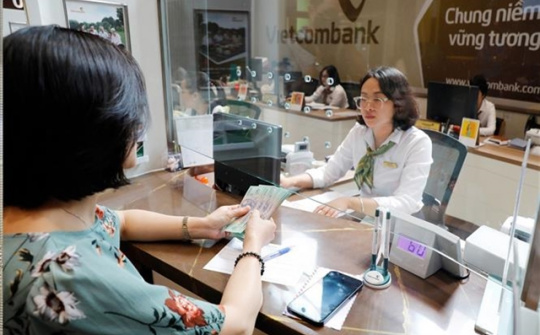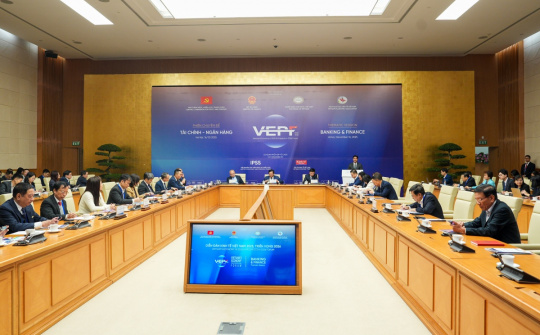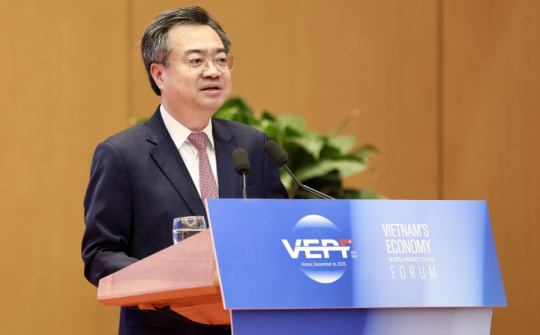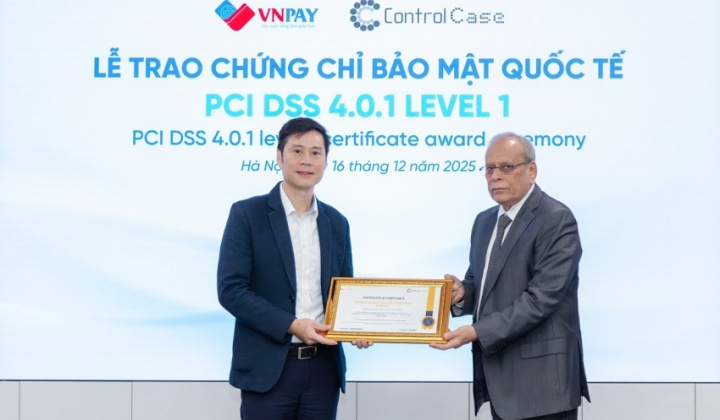On July 6, in a directive on strengthening of monetary and fiscal policy coordination, the prime minister tasked the State Bank of Vietnam (SBV) with aiming for a full-year credit growth target of around 16 per cent compared to 2024, and by 2026, the SBV is expected to manage credit growth via market instruments rather than administrative quotas.
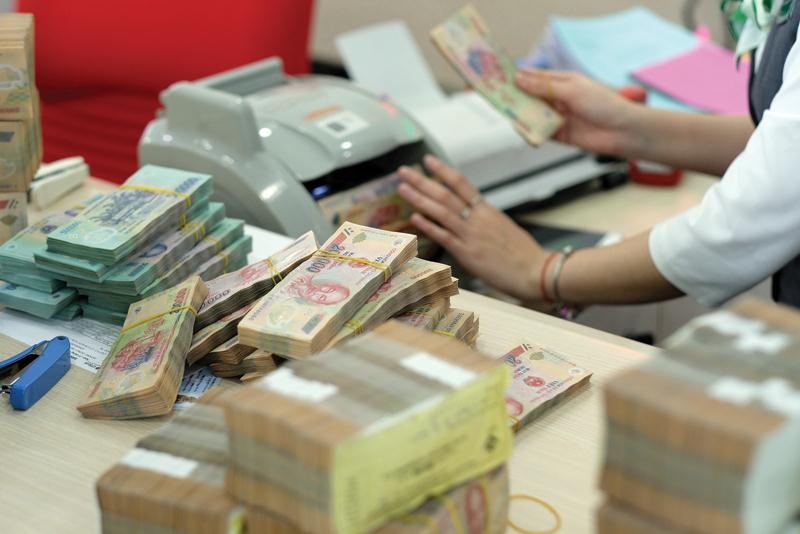
The directive reads that the SBV needs to urgently review, analyse, assess impacts, study international experiences, and promptly consider phasing out administrative tools used to manage credit growth through the allocation of credit growth targets to individual credit institutions.
During a conference reviewing on socioeconomic development with local leaders on July 3, the PM called on the SBV to eliminate the use of administrative quotas to manage credit allocation at banks.
Instead, the SBV should transition to market-based mechanisms and develop a set of criteria to ensure credit safety A report on this transition is expected to be submitted to the PM by July.
Talking to VIR, senior economist Le Xuan Nghia noted that this is a crucial step in the roadmap towards fully eliminating credit growth limits.
“Nevertheless, the SBV must adopt a comprehensive regulatory framework that aligns with Vietnam's specific context, balancing financial autonomy within the banking system while maintaining effective inflation control and economic security,” he said.
In its report to the 15th National Assembly during the seventh session last May, the SBV noted that, starting in 2024, it stopped assigning credit growth targets to foreign bank branches, taking into account their specific characteristics and credit scale.
However, for domestic credit institutions, the SBV continues to allocate credit quotas. Instead of staggered allocations throughout the year, the central bank set a 15 per cent credit growth orientation and distributed the full quota at the beginning of the year.
At a recent banking sector meeting in Hanoi, SBV Governor Nguyen Thi Hong acknowledged challenges in removing credit growth ceilings, noting Vietnam's economy remains heavily reliant on bank financing.
In her words, the banking system takes charge of capital provision, posing risks related to maturity mismatches and liquidity management.
Moreover, international institutions such as the International Monetary Fund, World Bank, and Moody's have warned that loosening debt could increase systemic risks, threaten macroeconomic stability, and reduce the ability to control bad debts.
The SBV leader stated that, following directives from the government and the PM, it shall thoroughly evaluate the policy impacts and prepare a detailed report outlining a roadmap for phasing out credit growth limits.
"However, this process must proceed with caution, as Vietnam's banking system still faces notable structural challenges. Therefore, any move to eliminate credit quotas must align with real domestic conditions while preserving macroeconomic stability and inflation control," she said.
Sharing with VIR, economic experts note that credit growth limits are considered a monetary policy tool- sometimes referred to as 'domestic credit growth ceilings', and are classified in most countries as a macroprudential policy measure.
Such limits are usually temporary, deployed during periods of high inflation or credit booms, and are mainly in emerging and developing economies such as China, Bangladesh, Pakistan, the Philippines, and Vietnam.
Currently, only about 20 countries worldwide still employ this tool. Its primary goal is to prevent credit bubbles and manage credit risks to secure macroeconomic stability.
However, there are several inherent drawbacks:
First, this tool can dampen business incentives among commercial banks. Banks with strong capital mobilisation capabilities are restricted in lending, while weaker banks may not even utilise their full quotas.
Second, credit limits can drive the growth of informal or unregulated financial intermediaries outside central bank oversight, such as underground banks or loan sharks, to fill funding gaps.
Third, when a significant portion of credit flows outside the official limits, the central bank faces losing control, reducing the effectiveness of credit-based monetary policy.
Fourth, the credit growth cap can skew lending priorities. Banks shall prioritise large corporate clients or low-risk sectors, sidelining small- and medium-sized enterprises and higher-risk industries, which can distort the economic structure.
Can Van Luc, chief economist at state lender BIDV, remarked, “In the long term, instead of relying on direct interventions like credit growth ceilings, central banks tend to shift towards market-based tools. These include prudential ratios for credit institutions, such as Basel II and III standards, differentiated capital adequacy ratio frameworks based on bank groupings, tailored supervisory mechanisms, liquidity coverage ratios, and the net stable funding ratio.
This evolving strategy marks Vietnam's cautious but deliberate move towards a more market-oriented credit governance framework, aligning with global financial norms while navigating its domestic complexities.



